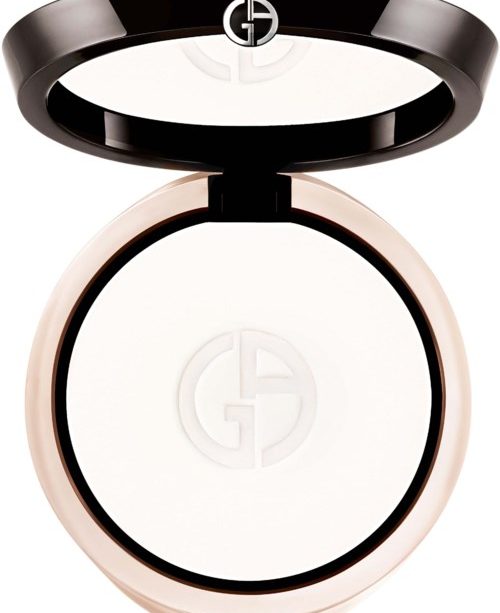Giorgio Armani: The Revolutionary Designer Who Transformed Global Fashion Dies at 91

A Fashion Legend’s Final Bow
The legendary Italian fashion designer Giorgio Armani has died, as announced by the Armani Group on Thursday. The company expressed ‘infinite sorrow’ at the passing of its creator, founder, and tireless driving force.
Armani, who was born on July 11, 1934, in Piacenza, Italy, passed away at his home in Milan on September 4, 2025, at the age of 91. Even as a child, he displayed a passion for early 20th-century designers, artists, and architects, eventually founding his iconic Italian luxury fashion house in Milan in 1975.
Revolutionary Impact on Fashion
Armani revolutionized the business suit, creating a new paradigm in fashion. His innovative approach introduced light suits with loose silhouettes for men and strict but feminine outfits for women. His signature style featured jackets without traditional padding and moved away from standard colors like blue and black, offering a sculptural quality with more casual silhouettes and softer colors.
Known as ‘Re Giorgio’ — or King Giorgio — his company became synonymous with sleek, understated style that extended beyond fashion into every aspect of life. The brand’s breakout moment came in 1980 with the suits designed for Richard Gere in ‘American Gigolo,’ leading to an expansion into a global empire covering everything from haute couture to high-street fashion, eyeglasses, shoes, and homeware.
Legacy and Business Empire
At the time of his death, Armani’s company had generated revenue of €2.3 billion ($2.69 billion) in 2024, and remained one of the few designer brands to resist acquisition by luxury conglomerates such as LVMH and Kering. The Armani business, valued by analysts between 8 to 10 billion euros, faces uncertainty regarding succession.
In 2016, Armani established the Giorgio Armani Foundation, which was designed to not only fund social projects but also to ‘safeguard the governance assets of the Armani Group and ensure that these assets are kept stable over time.’ This move was crucial in securing the company’s future and maintaining its independence in an increasingly consolidated luxury fashion industry.







